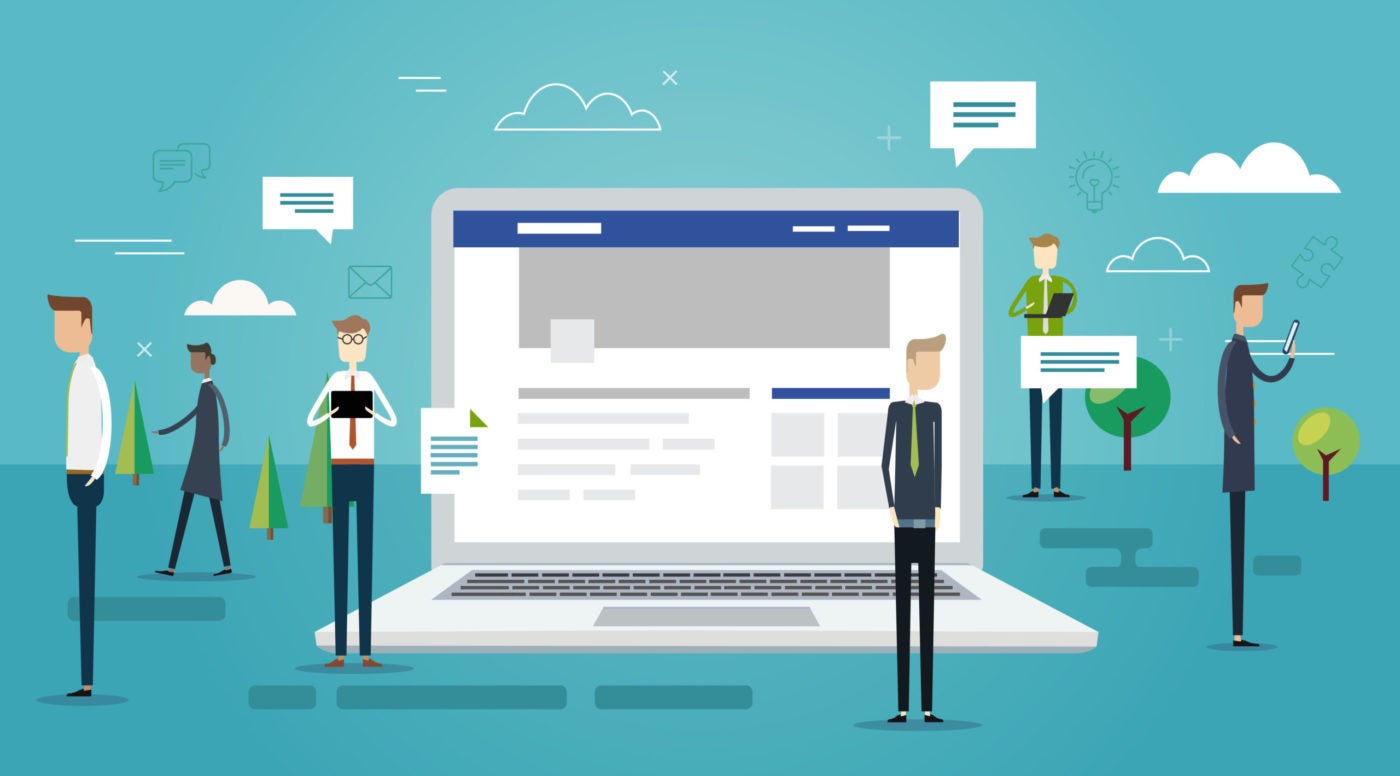What is Enterprise Content Management (ECM)?

Enterprise content management (ECM) systems are comprehensive platforms that help enterprises employees at various levels curate, organize, store, share, and manage various types of content:
- Web properties (XML, HTML)
- Product information
- Records
- Documents (DOC, OCF, XLS, PDF)
- Images (JPEG, TIFF, PNG)
In an enterprise, configuring access according to different roles, levels, and groups is key. A system administrator sets user or role-based privileges and makes sure that information and data contained within the ECM is up-to-date, secure, and automatically embedded in users’ workflows. An ECM should integrate with an enterprise’s other systems, such as ERP and CRM.
Functions of enterprise content management
Several types of content management fall under the larger umbrella of enterprise content management and pertain to a variety of functions and roles within an organization. Several platform options are available that group together these various functions in one solution.
Case management
Also known as claims management, case management is a branch of enterprise content management that handles various documents and workflows related to internal incidents. This could include a legal conflict, a new hire’s onboarding process, an insurance claim, or a safety incident at a manufacturing site. Case management helps HR professionals, managers, and corporate lawyers keep track of a case and its relevant documents.
Records management
Records management is a database feature of ECM that keeps digital information, such as W-2s and accounting books, secure and makes it easy to find in the event of an audit. ECMs keep information secure with file encryption, zero trust security controls in their cloud architecture, and access control in bulk or at granular levels.
In some industries, enterprises are mandated to keep information confidential according to regulatory standards. Enterprise content management systems help businesses maintain compliance with standards such as SOC 2 Type II or or ISO 27001. It’s useful for those in legal, accounting, and HR roles.
Electric Powered Construction Machines Continue to Grow Exponentially in 2022
Manufacturers are looking towards electrically powered construction machines now more than ever…
0 Comments5 Minutes
September 1, 2023
4 Key Advantages of Outsourcing Your IT Department
IT,Technology,Cybersecurity,Digital Marketing,Outsourcing
Outsourcing refers to the process of hiring a third-party company to manage all or part of your…
0 Comments6 Minutes
November 9, 2022
Fortress HR: Why Your CHRO Should Be Leading On Cybersecurity
Technology,Cybersecurity,Leadership
Retail brokerage Robinhood was on a tear in 2021. Buoyed by a surging stock market and torrents of…
0 Comments1 Minutes
June 17, 2022
6 Best Business Management Software
Any company must-have business management software to run any type of business. Because good…
0 Comments9 Minutes
June 14, 2022